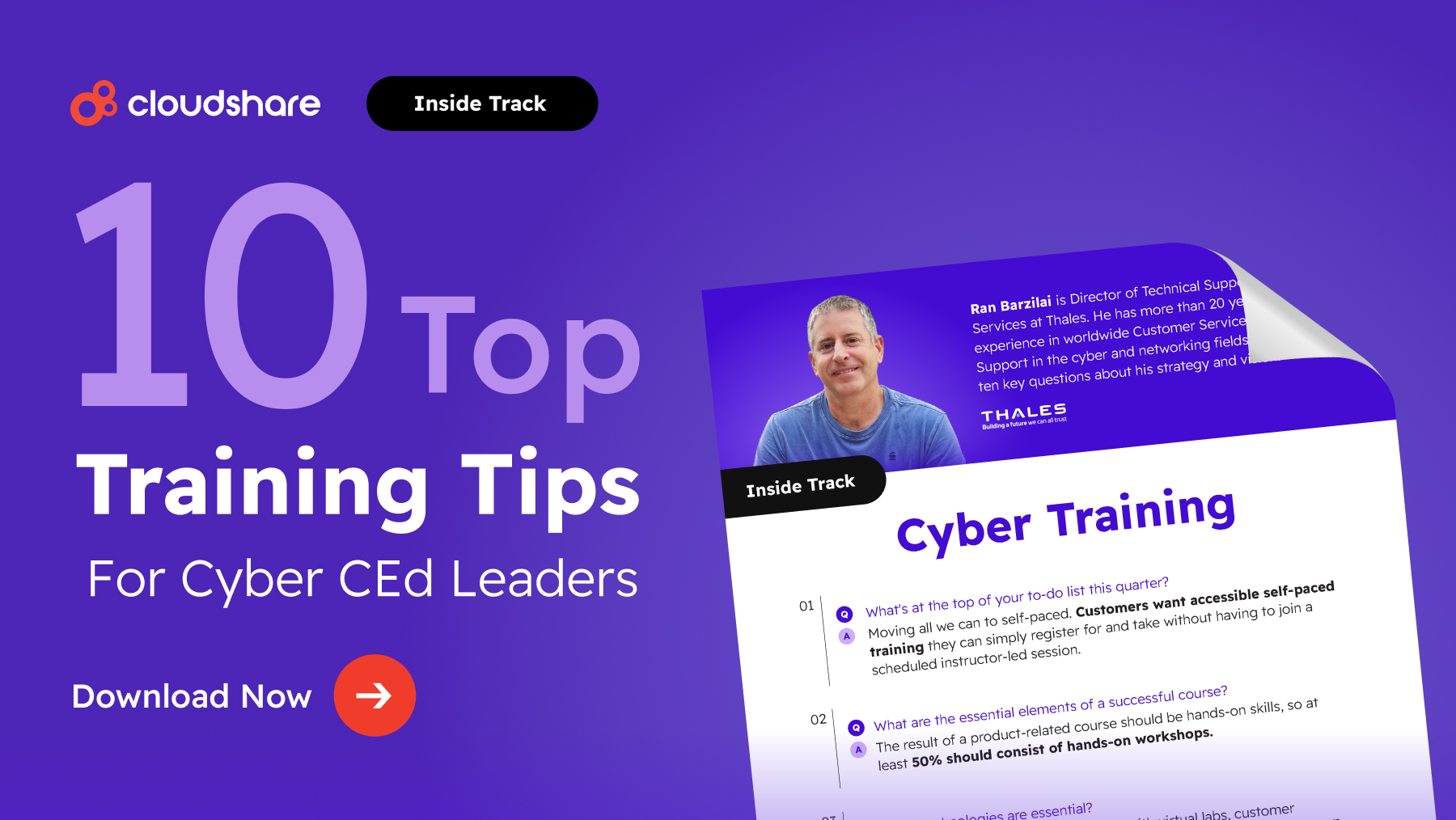Glossary
Channel Learning
What is Channel Learning?
Channel learning employs several different technologies to develop learning experiences. Also known as omni channel learning, this methodology calls for using everything from virtual environments, interactive tools, remote learning, and even social media to provide a learning experience.
However, channels are not used separately but as part of a cohesive experience that integrates multiple channels. The result is a dynamic, interactive environment that allows trainees to participate wherever and with whatever tools they have available.
Traditional Learning vs. Channel Learning
Learning has traditionally taken place in classrooms and focuses on the teacher aiming to impart the course material. Generally, a one-size-fits-all approach is taken, and learners are expected to still pick up on what’s being taught regardless of learning style.
Channel learning leverages the latest technologies to unlock an entirely new paradigm and possibilities for what’s possible. The multi-channel approach benefits from these technologies by allowing personalized, active, and accessible learning environments.
While delivering different virtual channels might take time to set up and get used to, it can go far in helping enhance training processes. The right channel learning management platform handles most of the work for you, allowing trainers to focus on designing or refining courses with these new capabilities in mind.
How Channel Learning Works
Channel learning leverages different channels based on the course material, specific lessons, trainees’ needs, and training session goals. Course content is then offered on carefully chosen channels or re-designed to offer a unique experience across all available channels.
Having the right platforms is critical to success with channel learning, including a Learning Management System, virtual labs, conferencing solutions, or purpose-built social components.
Then, developing material that works best for each channel improves the effectiveness of the overall learning experience. For example, you can offer virtual labs for sales training to give trainees hands-on experience with giving SaaS demos.
Offering the same content across different channels is another foundational practice. Let trainees choose the right channel for their needs, learning styles, and preferences.
Top Benefits of Embracing Multi Channel Learning
How can your training programs benefit from multi-channel learning? Adopting this technology-driven approach can improve learning experiences and results in several ways; let’s explore them.
Improved Material Retention
Multi-channel learning caters to different types of learners and those who may struggle to learn from traditional methods. For example, the dynamic, synchronous learning experiences available from video conferences allow curious trainees to ask questions on the fly rather than having to write an email.
The result of omni-channel learning is helping trainees retain course material and take it back to their day-to-day responsibilities.
Enhanced Flexibility and Accessibility
Including those with different learning styles, preferences, and disabilities makes channel learning highly valuable. Additionally, compared to traditional methods, encouraging remote learning opens access to those in different geographic locations, allowing everyone to learn the material.
This level of flexibility sidesteps hurdles that can inhibit learning when focusing on traditional learning methods or a single available channel. Let trainees choose the right option based on their needs, preferences, and possible limitations.
Enable Personalized Learning Pathways
The personalization aspect of channel learning can go far in helping trainees work at their own pace and in their chosen methods. Algorithm-driven personalization will depend on the specific channel of learning management system you choose.
However, simply offering several channels lets trainees personalize their experiences by gravitating toward their preferences. Of course, this depends on which channels you use for specific course material, so offering the same learning material on different channels is vital.
Top Best Practices for Effective Channel Learning
Following key best practices helps you craft a channel learning program and overarching strategy that allows for the potent benefits we explored above. These best practices for effective channel learning programs include the following:
- Identify specific learning objectives: What are the goals of the training session? Are you teaching learners about new software, reviewing important processes, or covering a new topic related to daily tasks? Hone in on exactly what you’d like to accomplish, and then explore which channels make the most sense to achieve them.
- Solicit feedback: Ask for feedback after every course with questions focusing on available channels. But don’t restrict feedback to post-completion surveys — make it easy for trainees to provide feedback at any time throughout the course. You might discover ways to improve before the course is over.
- Choose the right technology: You have several options to consider after embracing multi-channel learning. Start by considering your needs, the needs of future trainees, and platforms that work for your budget. Choose a channel learning management system that offers the right balance between available channels and costs.
Following these best practices ensures you’re offering learners the best possible experiences, letting them participate in the channel that works best for them.



